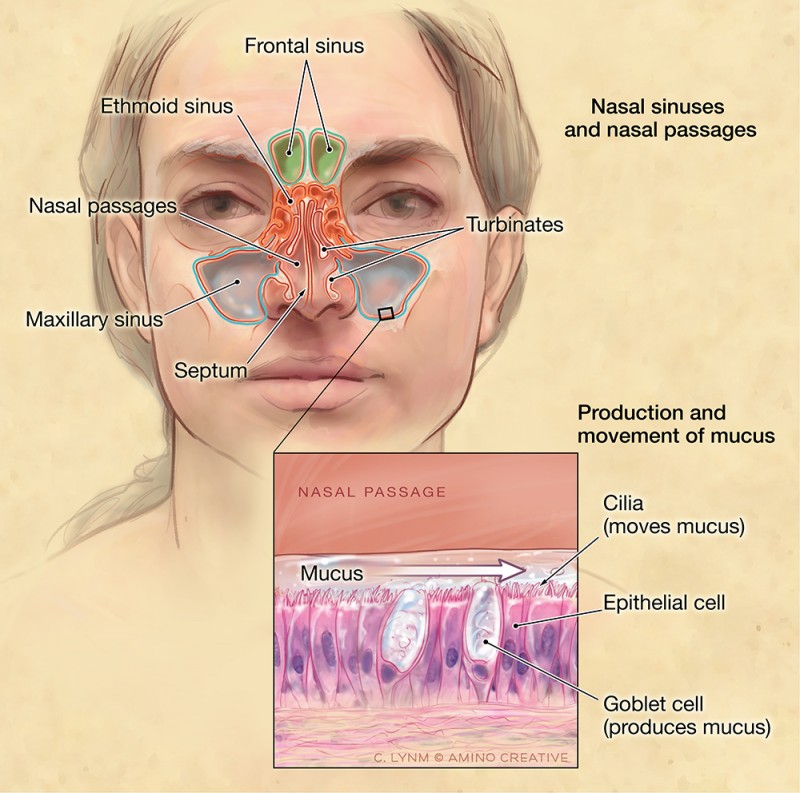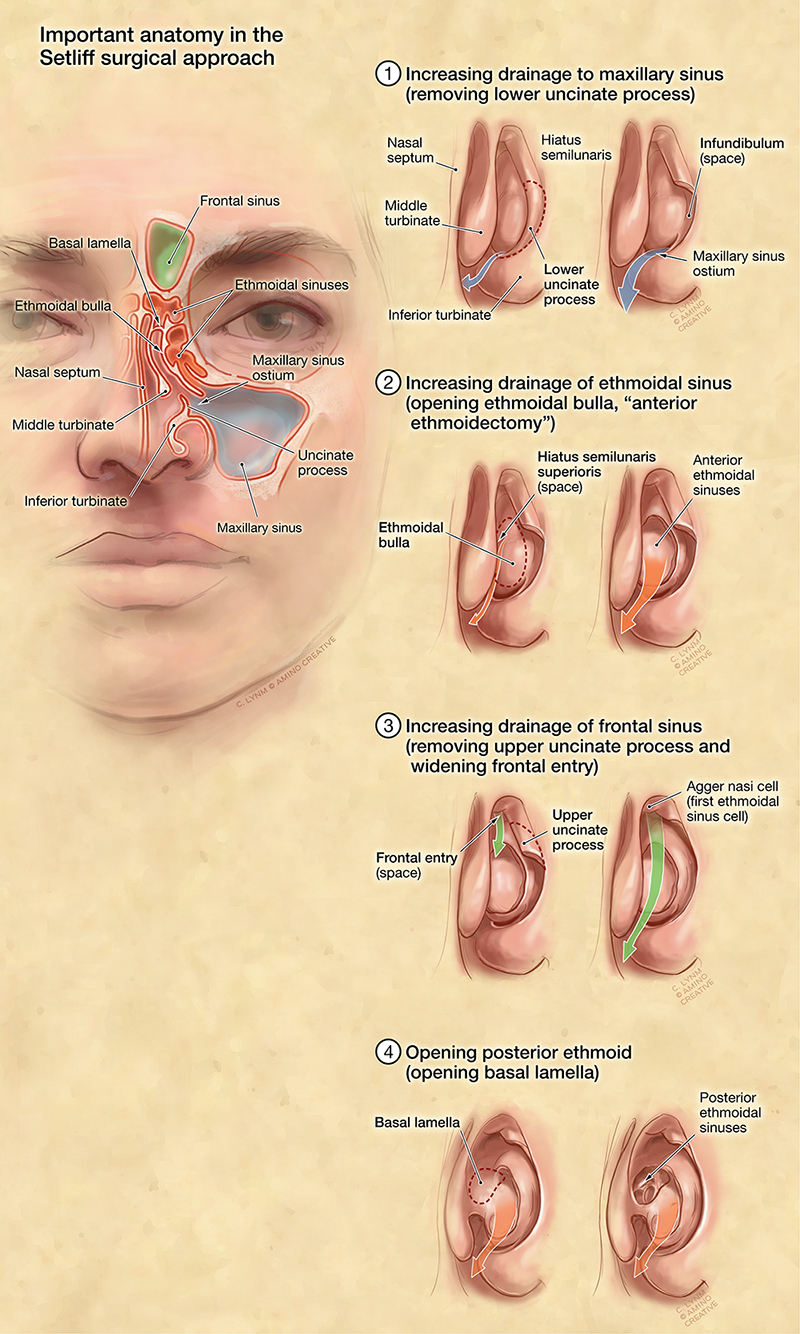The power behind an idea
After his first sinus course in 1987, Dr. Setliff realized instrumentation for sinus surgery was rather crude and out-of-date. He began his quest to find a better way to perform sinus surgery. In 1992, he was the first to use a powered instrument in sinus surgery. Initially made for TMJ surgery, the device provided two badly needed essentials for safe and effective surgery in any field: precision and real-time suction.
In 1993, Dr. Setliff began teaching, and continues to teach, the advantages of using powered instrumentation in sinus surgery. If today’s sinus surgery was launched by the introduction of the endoscope in 1985, the most important development to follow was Dr. Setliff’s introduction of powered instrumentation in 1993. He initially referred to it as the Hummer--a name in his native South. -- and the name stuck.





